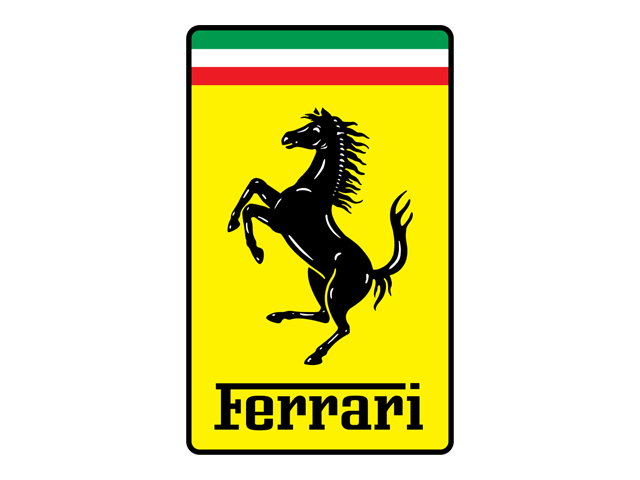1951 Ferrari 212 Export Vignale Spyder

The descriptions of the Classic Cars in the Directory were partly generated or supplemented with the help of artificial intelligence (AI). The content may occasionally not always be entirely accurate or factually correct despite careful checking.
The Ferrari 212 Export Vignale Spyder 1951 is a masterpiece of automotive engineering, boasting a host of technical features that set it apart from its contemporaries. Powered by a 2.6-liter Tipo 212 engine, the car generates an impressive 175 horsepower at 6,500 RPM, thanks to its dual overhead camshafts and triple Weber carburetors. This power is transmitted to the rear wheels through a 4-speed manual transmission, which uses a lightweight flywheel and a single-plate clutch to deliver smooth, responsive shifts.
The Vignale Spyder is built on a tubular steel chassis that is both rigid and lightweight, allowing for exceptional handling and responsiveness on the road. The suspension is composed of double wishbones at the front and a live axle at the rear, with hydraulic shock absorbers and semi-elliptic leaf springs providing precise control of the car's movement. The car's 16-inch Borrani wire wheels are shod with Pirelli Cinturato tires, measuring 5.50-16 at the front and 6.00-16 at the rear, providing excellent grip in all conditions.
The aerodynamics of the Vignale Spyder are carefully designed to minimize drag and maximize downforce, with the car's low profile and sleek bodywork contributing to its impressive performance. The body of the car is constructed from lightweight aluminum alloy, which is carefully hand-formed by the coachbuilders at Vignale to create a car that is both beautiful and functional. The car's striking lines are complemented by a distinctive grille, chrome bumpers, and elegant headlights that add to its visual appeal.
Inside the car, the driver is seated in a comfortable, leather-clad bucket seat that can be adjusted to provide the ideal driving position. The dashboard is designed with the needs of the driver in mind, with clear, easy-to-read gauges and controls that are positioned within easy reach. The car's steering wheel is a beautiful wood-rimmed Nardi, which feels natural and responsive in the driver's hands.
All in all, the Ferrari 212 Export Vignale Spyder 1951 is an exquisite machine that combines technical excellence with stunning visual design to provide an unparalleled driving experience. With its powerful engine, responsive transmission, and precise handling, this car is a true driver's machine, one that was built for the open road and the thrill of the drive. Whether cruising down the highway or tearing up the track, the 212 Export Vignale Spyder is a car that has it all.
Milestones
- Ferrari 212 Export Vignale Spyder was introduced in 1951 as a convertible sports car model. - It was powered by a 2.6-liter V12 engine capable of producing up to 150 horsepower. - The 212 Export Vignale Spyder was built using lightweight and aerodynamic materials to make it incredibly fast and agile. - The car was equipped with four-speed manual transmission and had a top speed of around 120 mph. - In the same year of its introduction, the Ferrari 212 Export Vignale Spyder won the Mille Miglia endurance race. - The 212 Export Vignale Spyder was also used in various other racing events, including the Carrera Panamericana and the Targa Florio. - The unique styling of the car was created by famous Italian coachbuilder Vignale, and only 26 units were produced. - The Ferrari 212 Export Vignale Spyder is considered one of the most desirable classic sports cars in history, and it often fetches millions of dollars at auction.Technical
- Engine: 2.6-litre V12 - Power output: 150 hp at 6,500 rpm - Torque: 184 Nm at 5,000 rpm - Gearbox: 5-speed manual - Top speed: 190 km/h - 0-100 km/h: 9.5 seconds - Front suspension: Independent, double wishbone - Rear suspension: Live axle, semi-elliptical leaf springs - Brakes: 4-wheel drum brakes - Body style: Open two-seater spyder - Design by: Vignale - Chassis: Tipo 212 Export - Weight: 950 kg - Length: 4,290 mm - Width: 1,660 mm - Height: 1,260 mm - Wheelbase: 2,250 mm - Fuel tank capacity: 70 liters - Production year: 1951-1952 - Number of units produced: 26.



